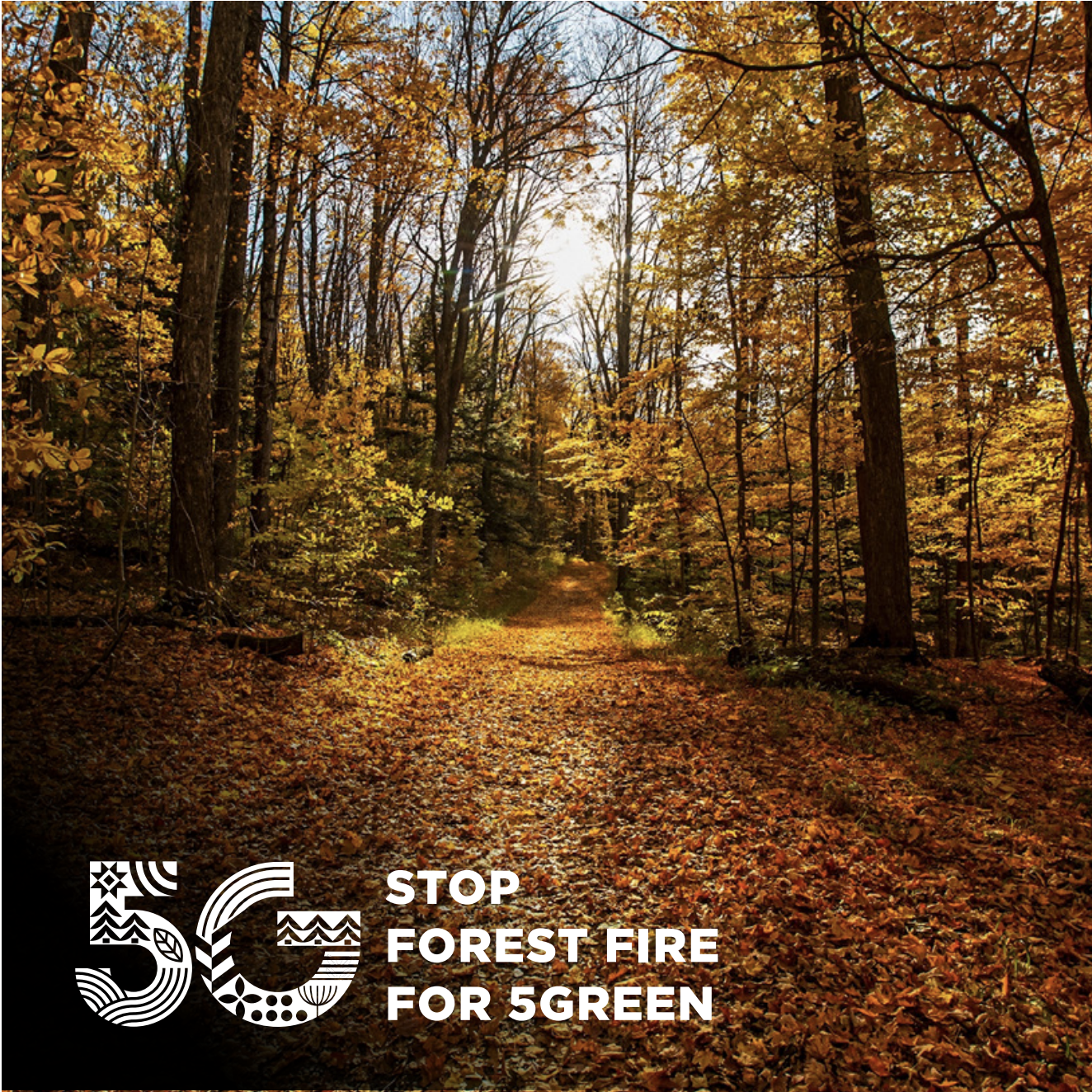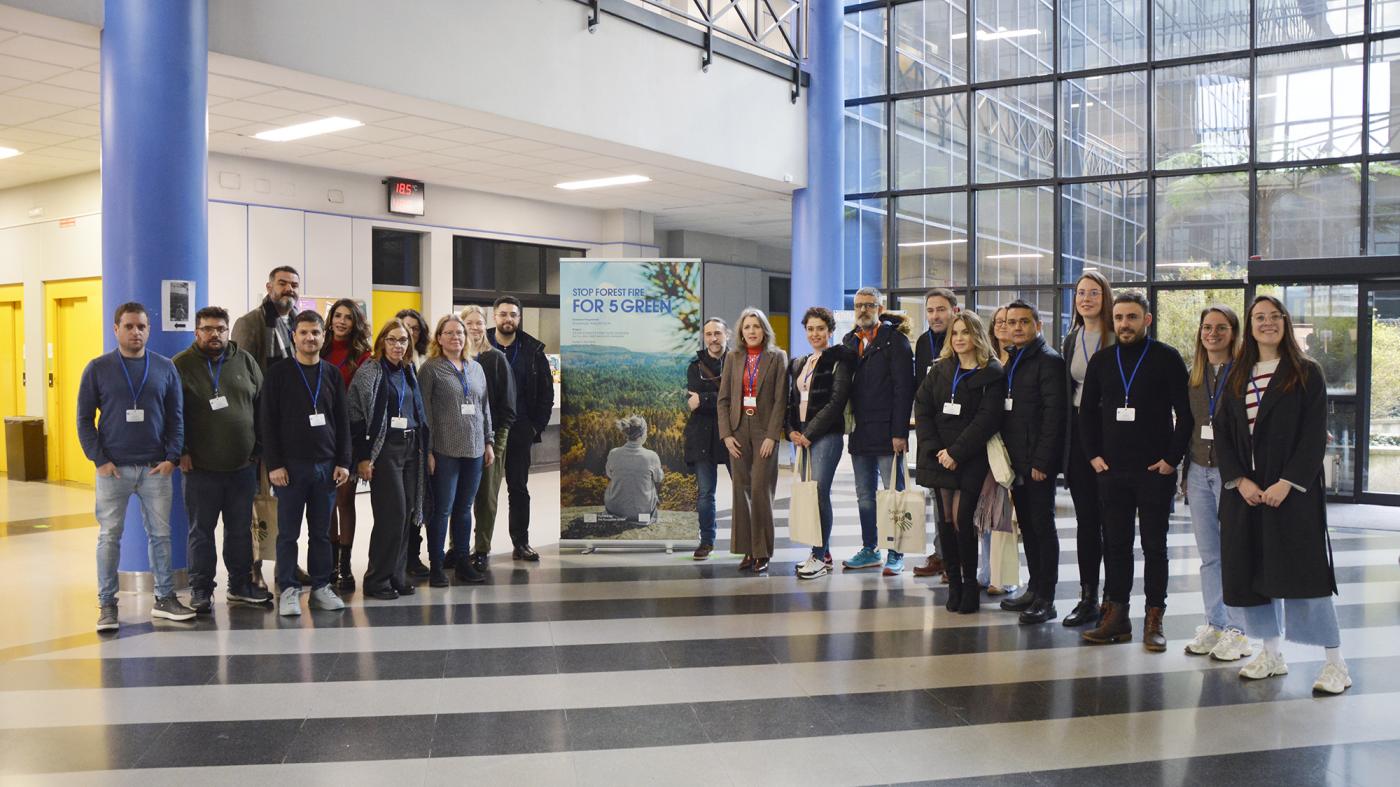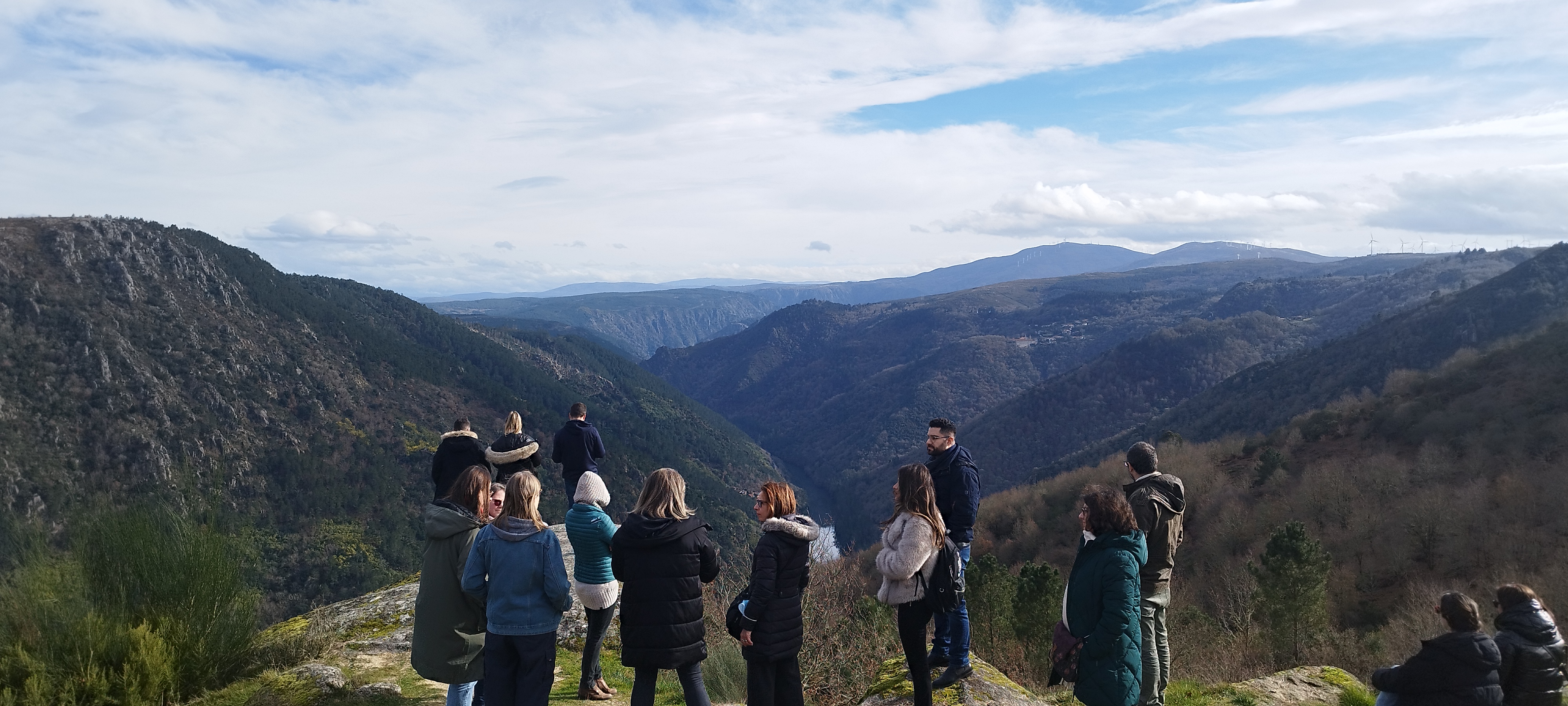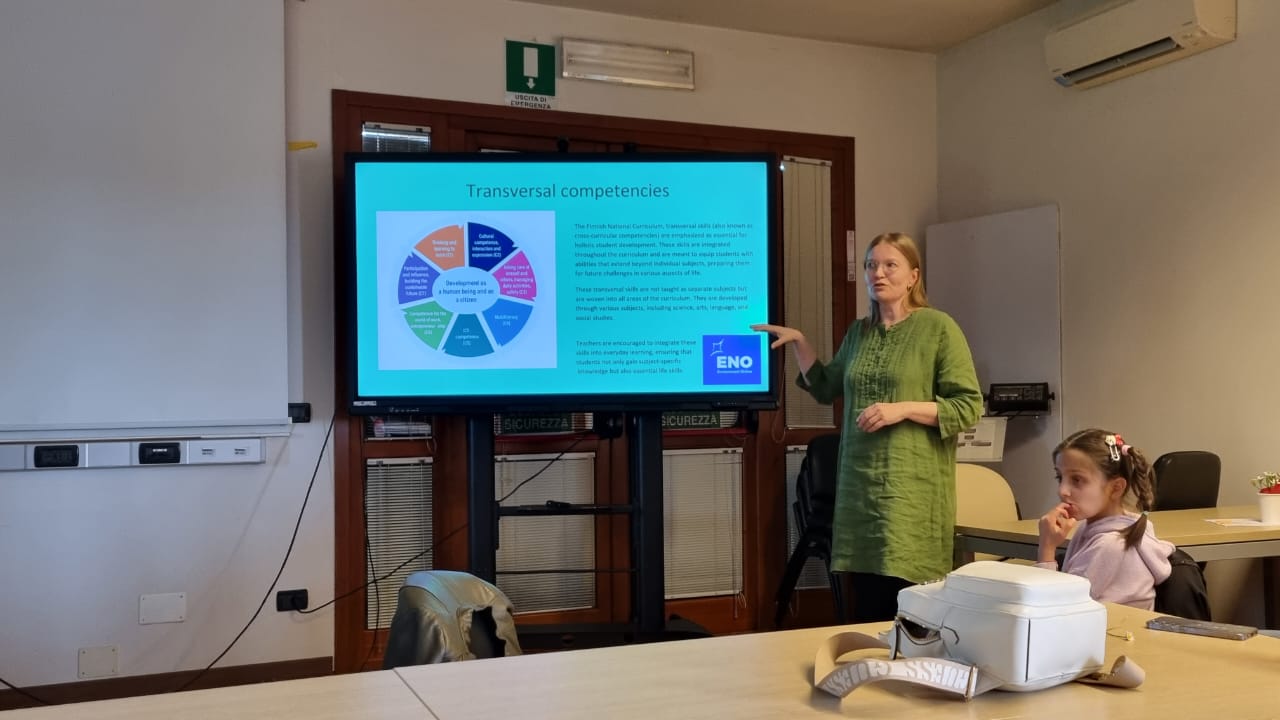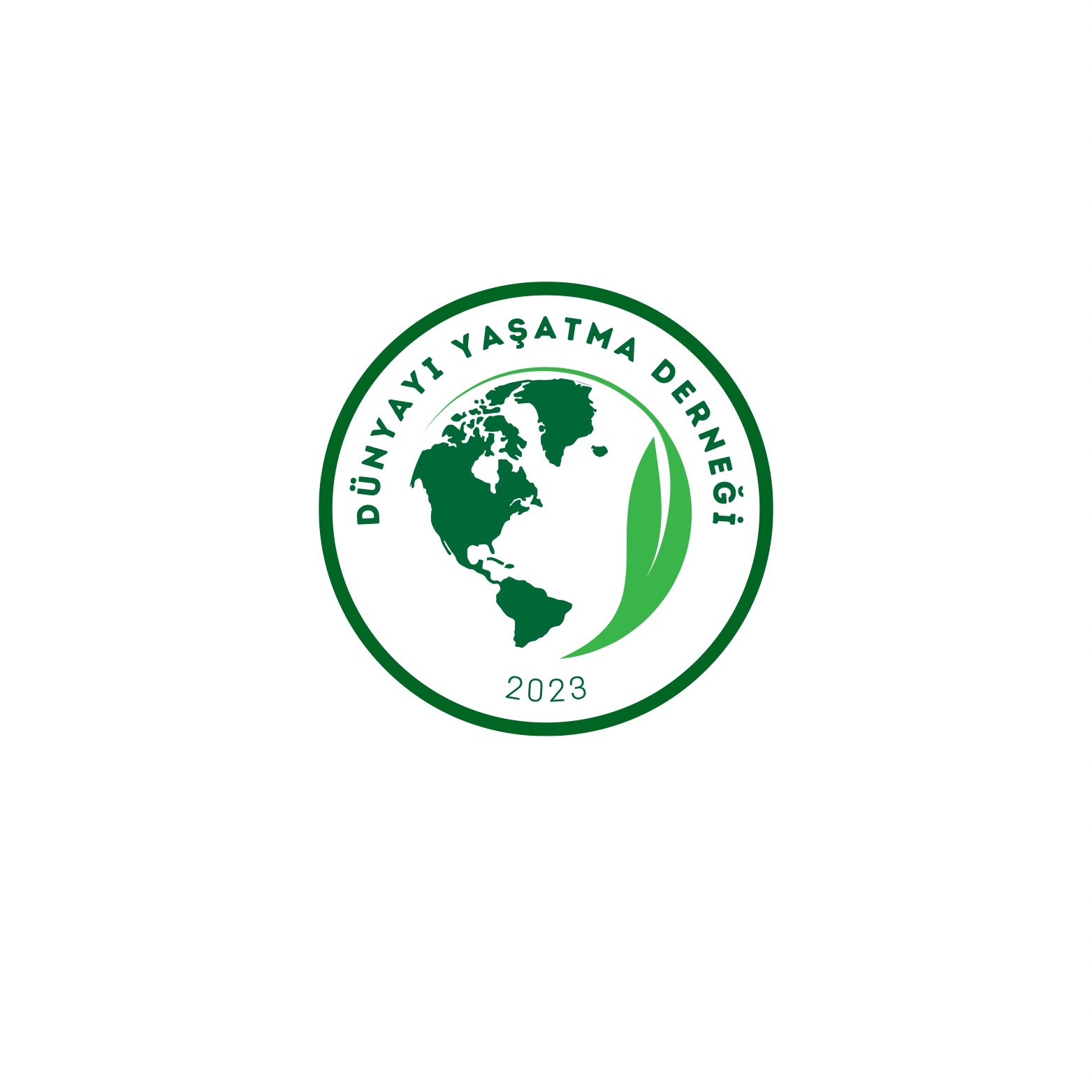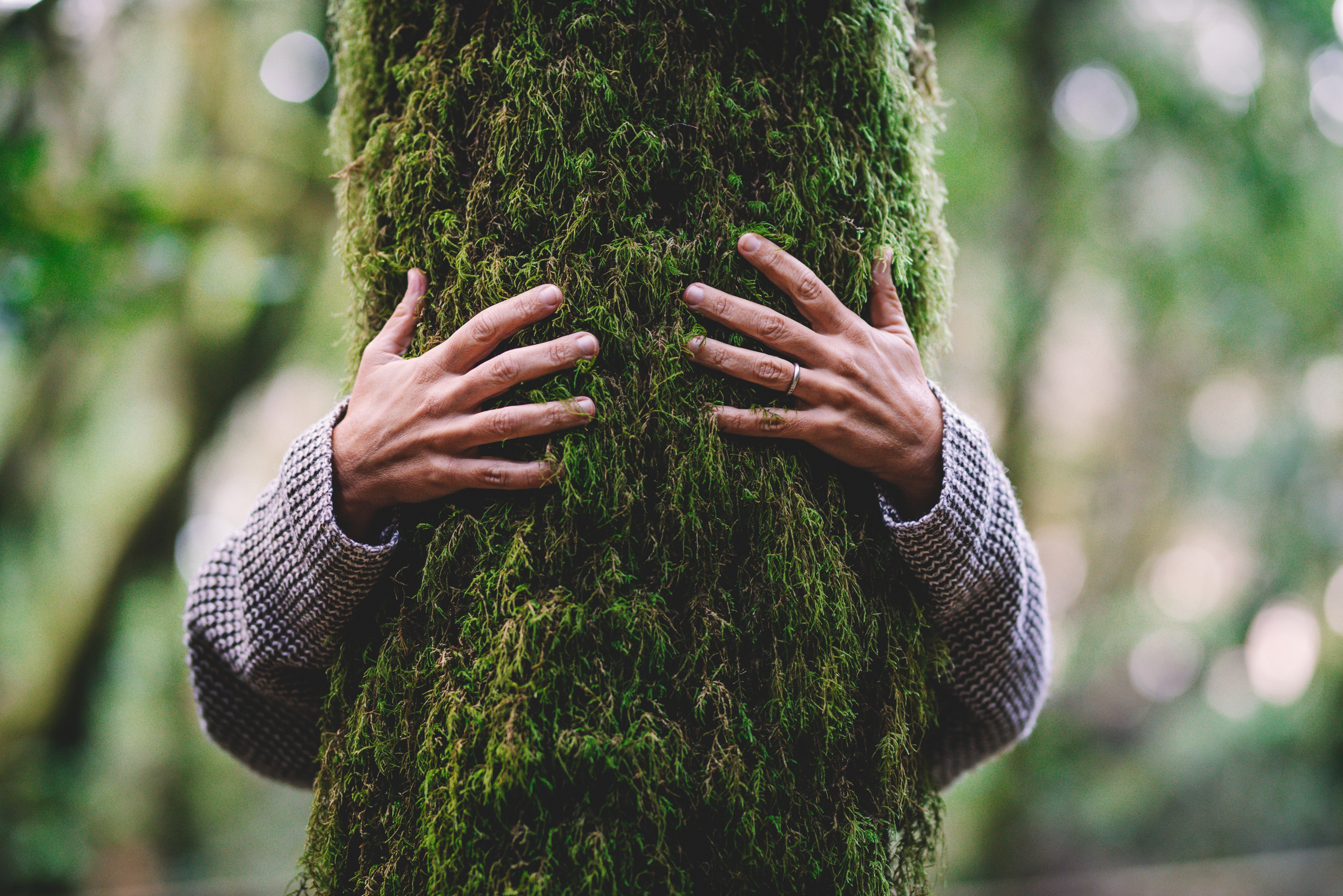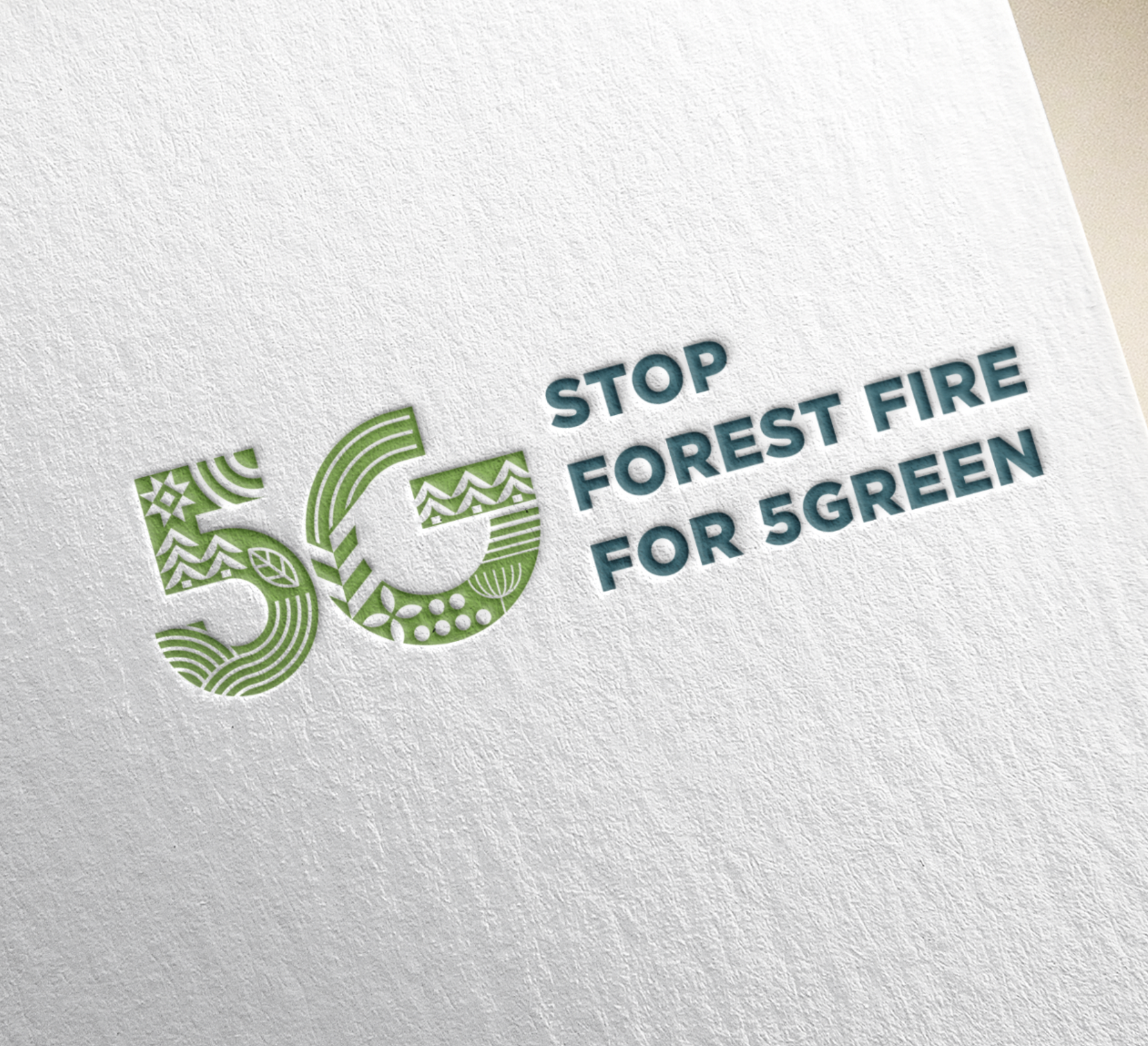
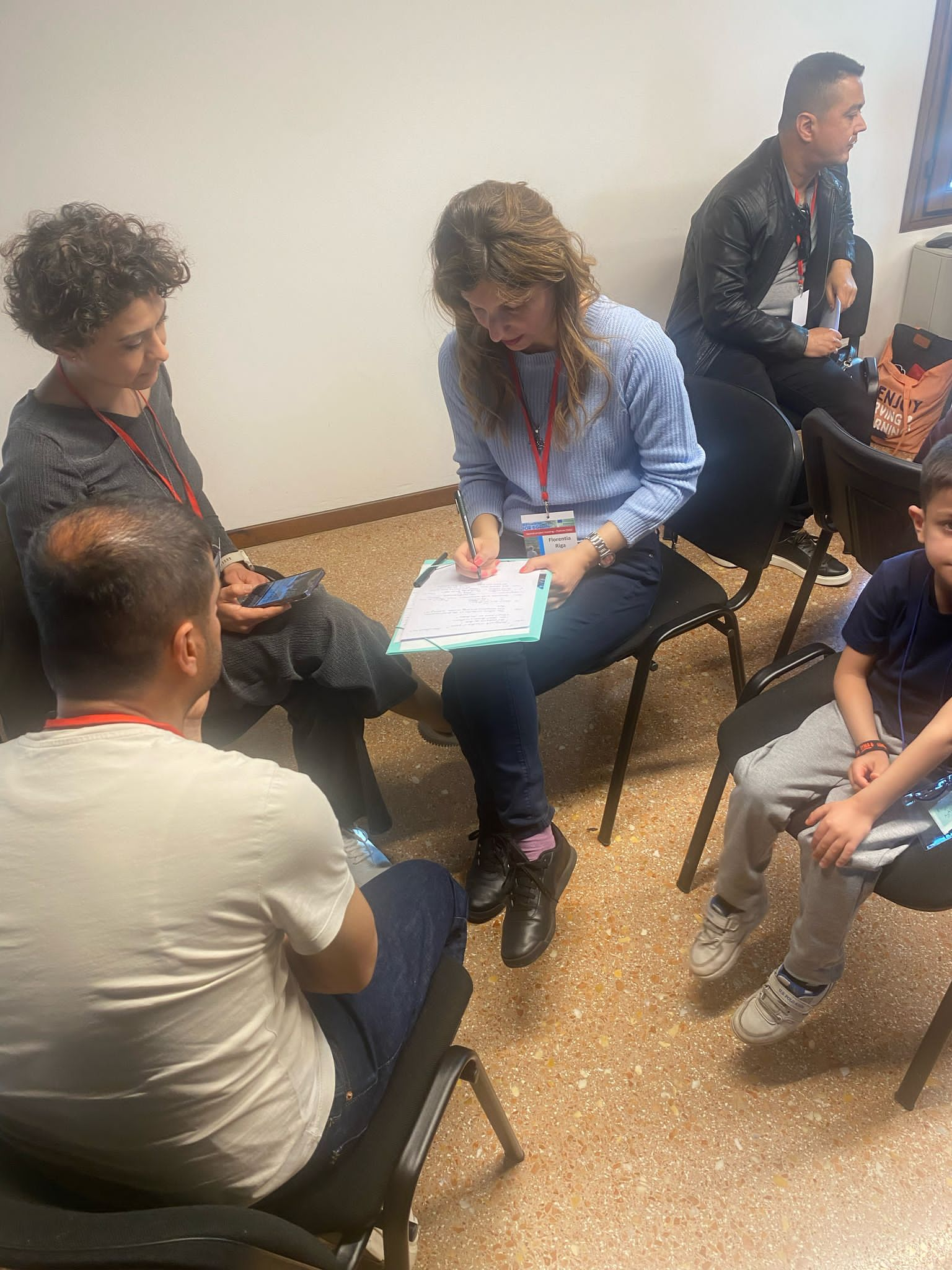
 5 GREEN COMPONENTS
5 GREEN COMPONENTS
These are the non-living parts of an ecosystem, such as sunlight, air, water, climate, and soil.
When forests absorb carbon dioxide (CO₂) from the air and store it, helping to fight climate change.
The variety of life in an ecosystem, including different species, genes, and types of natural environments.
A place where living things (like plants, animals, and microbes) live together and interact with non-living elements (like water, soil, and climate).
The living parts of an ecosystem: plants, animals, fungi, and bacteria.
The ability of a forest (or community) to resist, adapt to, and recover from a problem like a wildfire. This allows it to keep functioning and stay balanced despite changes.
 PARTNERS
PARTNERS
We work together for bettering tomorrow

Universidade de Vigo
We maintain a busy network of forestry and social development staff along with local facilitators in the areas we work.
GBA UG
We maintain a busy network of forestry and social development staff along with local facilitators in the areas we work.
ENO Schoolnet Association
We maintain a busy network of forestry and social development staff along with local facilitators in the areas we work.
1st Geniko Lykeio Pallinis "Pierre Coubertin"
We maintain a busy network of forestry and social development staff along with local facilitators in the areas we work.
Yavuz Selim Ortaokulu
We maintain a busy network of forestry and social development staff along with local facilitators in the areas we work.
Dünyayı Yaşatma Derneği
We maintain a busy network of forestry and social development staff along with local facilitators in the areas we work.
Department of Agronomy, Food, Natural resources, Animals and Environment (Universita degli Studi di Padova)
We maintain a busy network of forestry and social development staff along with local facilitators in the areas we work.
 FOREST FIRE
FOREST FIRE
SHORT-TERM
RESILIENCE
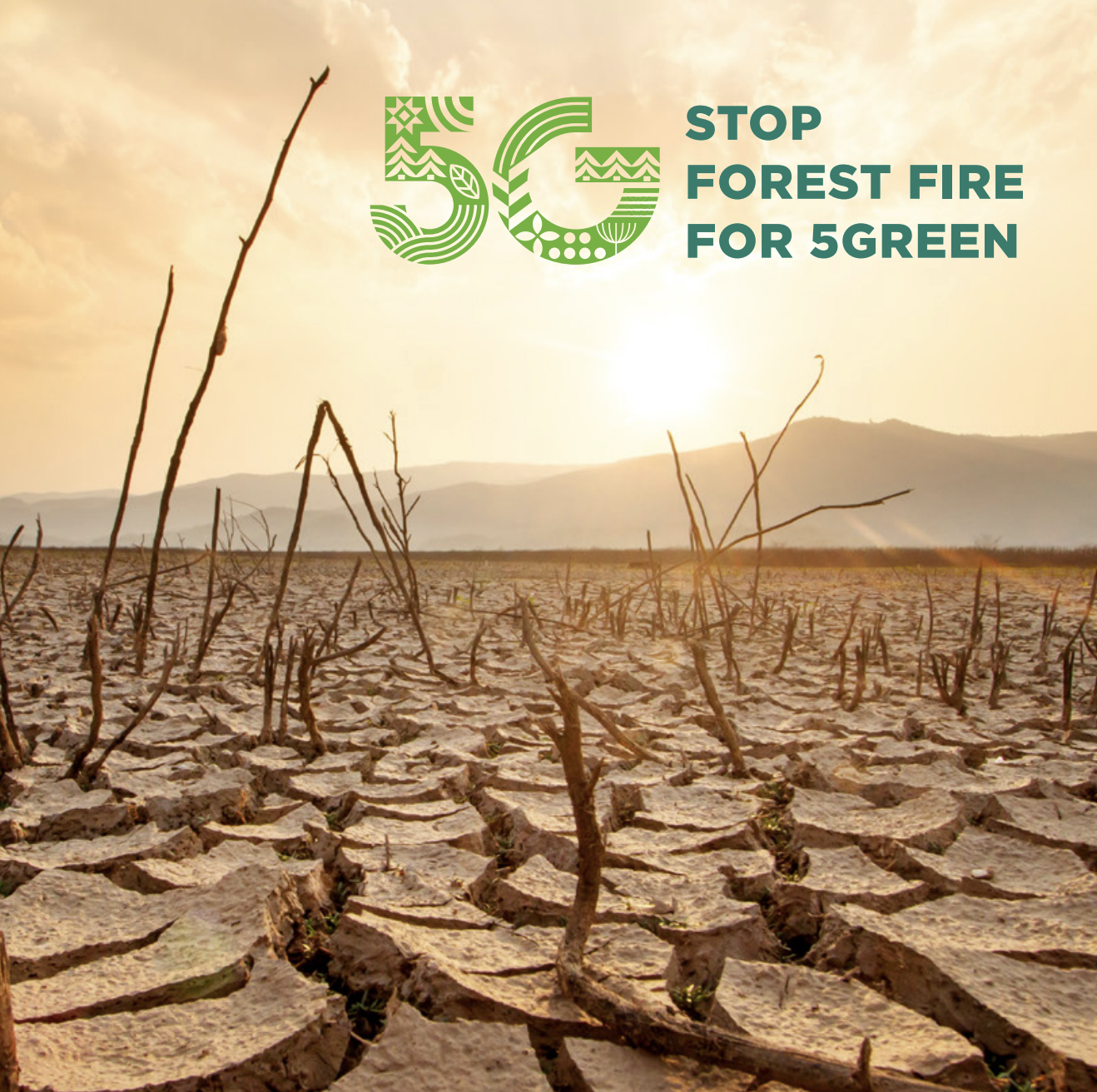
① Natural Regeneration Assessment
Some plants (e.g., fire-adapted pines,
manzanita) resprout naturally.
Soil testing for nutrient loss (nitrogen,
phosphorus).
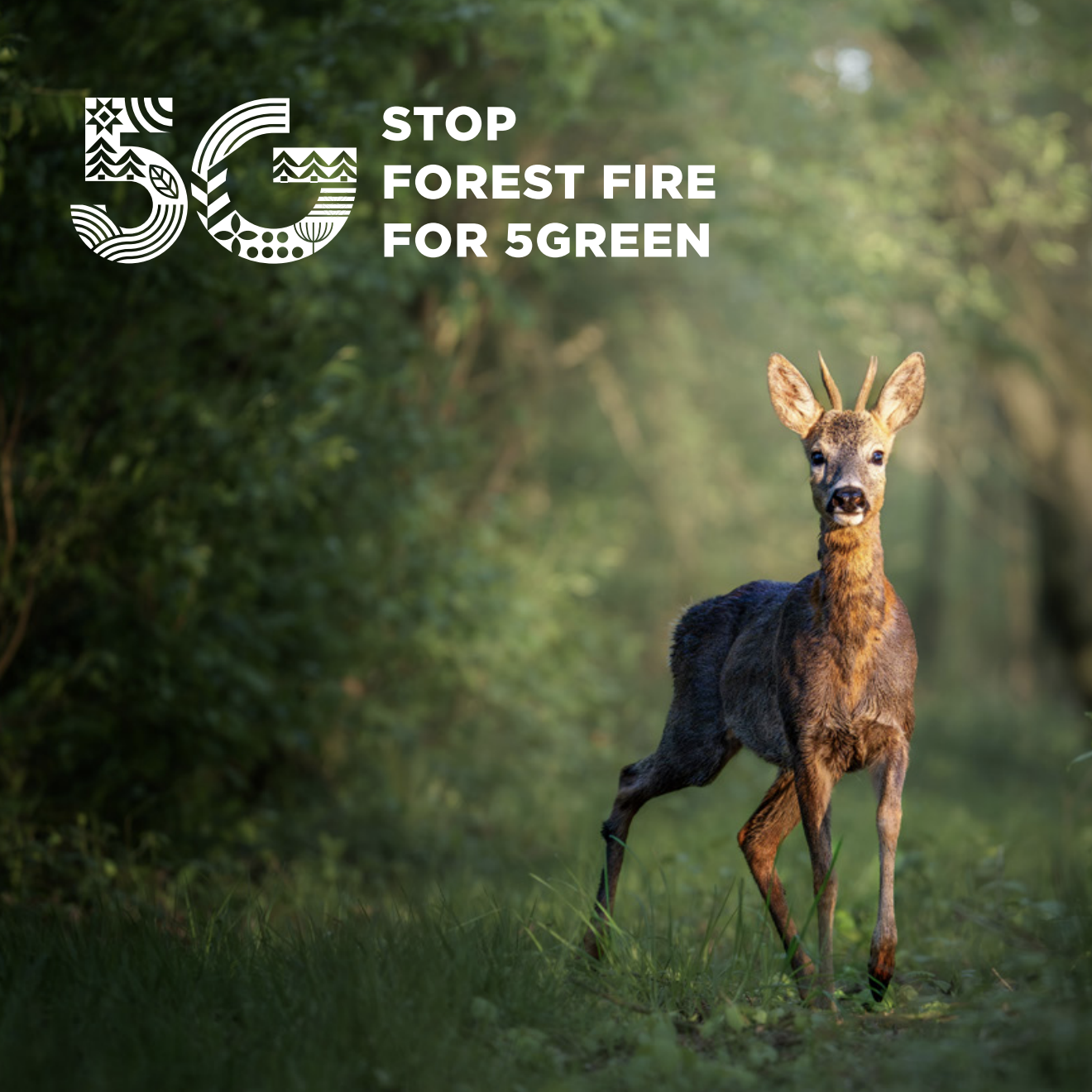
③ Wildlife Recovery
emporary habitats (nest boxes,
artificial ponds).
Invasive species control (fast-growing
weeds can dominate burned areas).
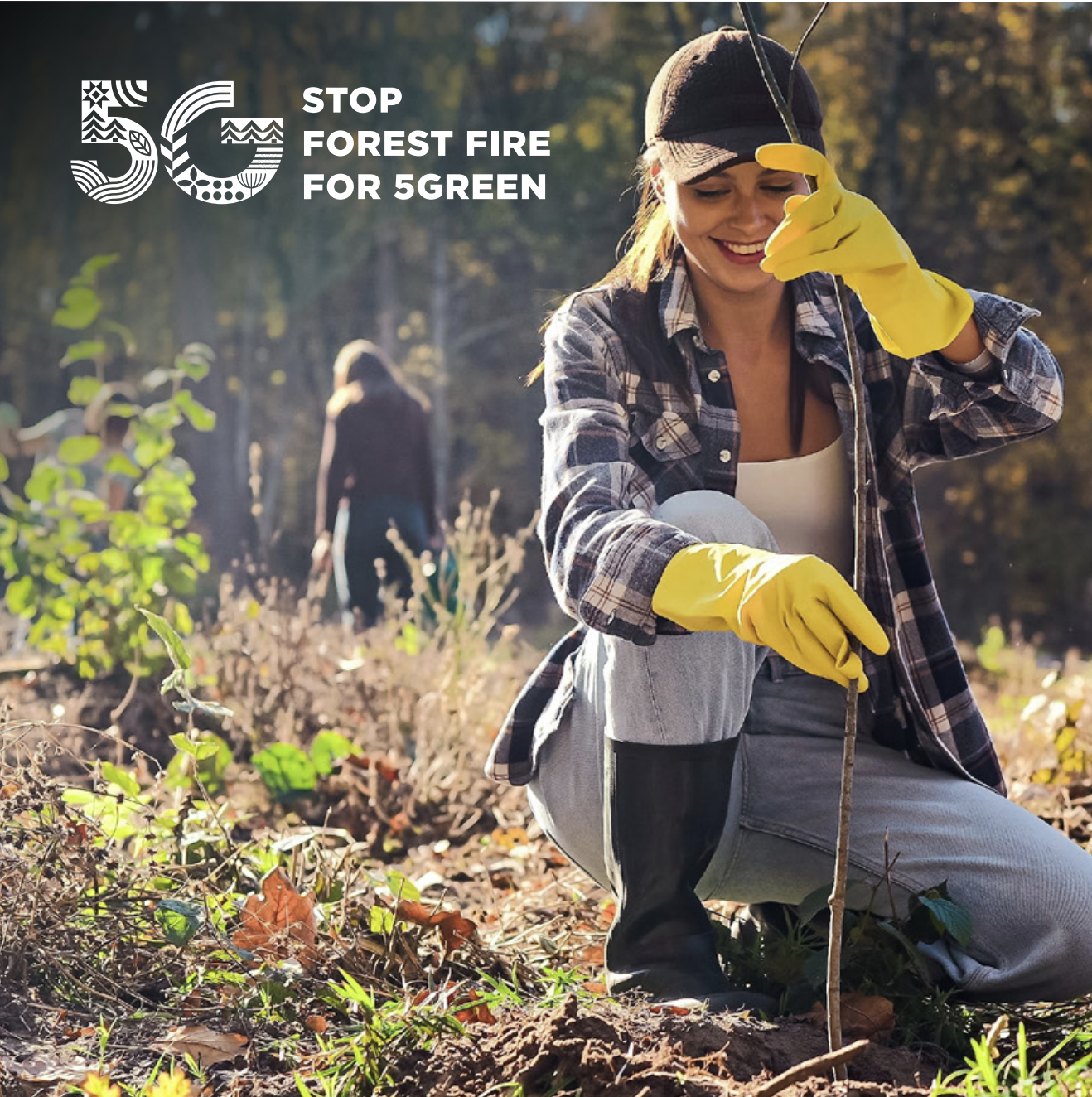
④ Next-Gen Fire Retardants
Eco-friendly gels (Stanford’s cellulose-
based retardant).
Fire-resistant drones (for scouting in
extreme heat).
